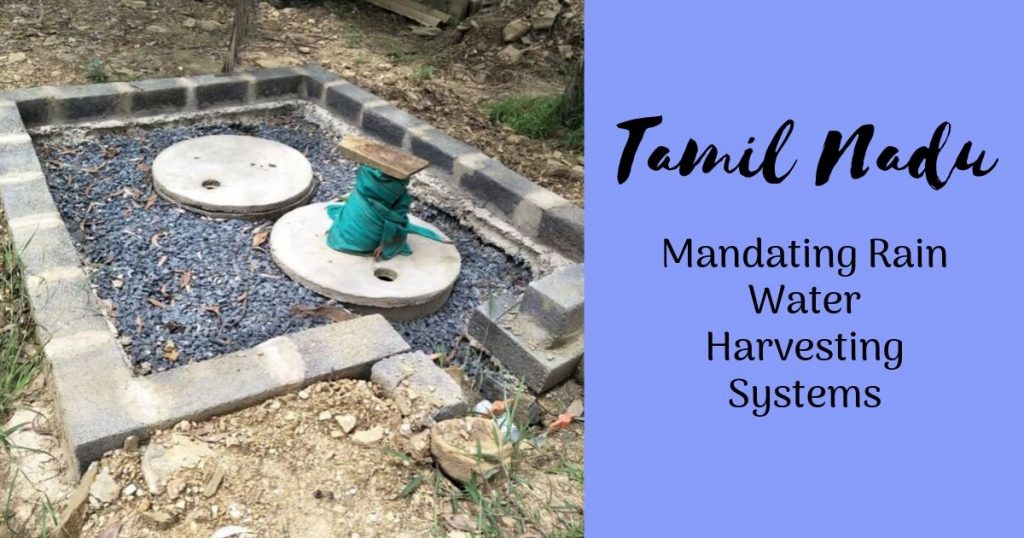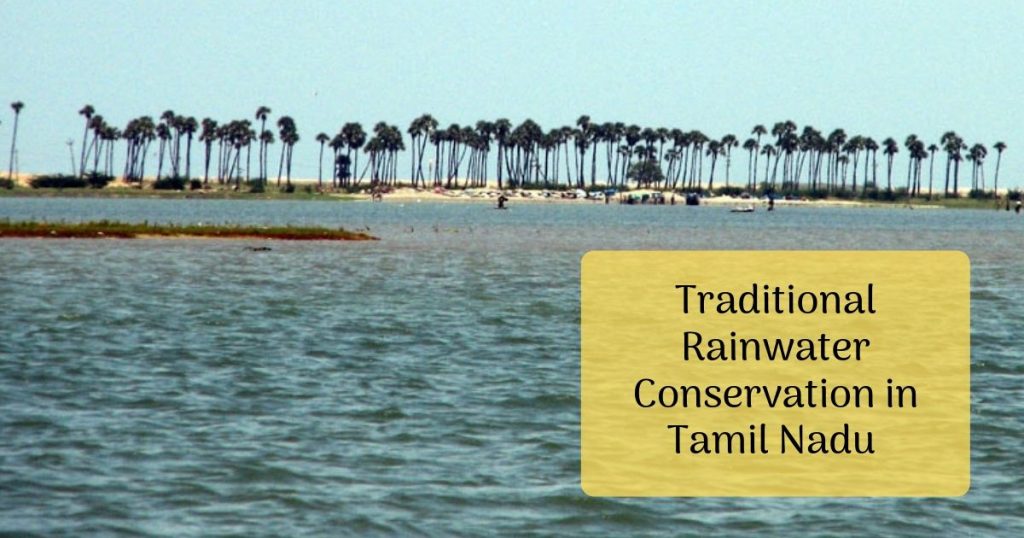Rainwater harvesting consultants or Rainwater Harvesting Contractors like us are the people who design and implement a rainwater harvesting system that is tailored to suit your needs. The primary goal of a rainwater consultant in to eliminate any source of runaway rainwater. To do so, all the potential runaway sources must be directed into a percolation pit or a storage tank. Rainwater harvesting can be broadly divided into basic RWH and advanced RWH. Although both types of Rainwater harvesting aims in saving runaway rainwater, the process of how it is delivered is different.
Basic Rainwater Harvesting
Basic rainwater harvesting systems do a perfect job in eliminating run away rainwater. Most houses or buildings have a terrace which acts as the catchment area. If you do not have a terraced roof, don’t worry, rainwater harvesting contractors in Chennai will install catchment pipes to collect rainwater. The collected rainwater will be then directed to the percolation pit. Percolation is a pit that is dug and filled with metal gravel and sand. The percolation pit is covered with a concrete slab. The purpose of the percolation pit is to recharge the soil beneath with the rainwater.
Advanced Rainwater Harvesting
In Advanced Rainwater harvesting, in addition to the above basic components, extra components are added to make it more efficient. The water from the catchment area will be transferred into a storage tank. Rainwater consultants in Chennai will build you a sump (underground storage tank) or fit your home with a readymade storage tank. The collected rainwater, before being stored, undergoes a simple filtration process. Rainwater harvesting contractors in Chennai will provide you with a ‘rainy filter’ to filter the rainwater before being stored. The catchment water can also be directed into the bore well. Directing water into the bore well allows you to directly recharge the aquifer.
In addition to the above mentioned basic and advanced types, Professional Rainwater Consultants are also available who dedicate their work to plan on a large scale and they work with civic authorities. They work closely with the Government machinery to bring about policy frameworks in conservation of rainwater and work towards implementing the same.


